You’d struggle to find anyone who would claim that they hate flowers–come on, they’re so pretty, and they smell glorious, so what’s not to like about them? Well, there is one thing–a lot of flowers are prone to problems in the garden, potentially causing you stress or even damaging neighboring plants. As long as you are aware of these problems, though, you should be able to take care of them accordingly, so here is a collection of flowers that are pretty but prone to problems.
Roses
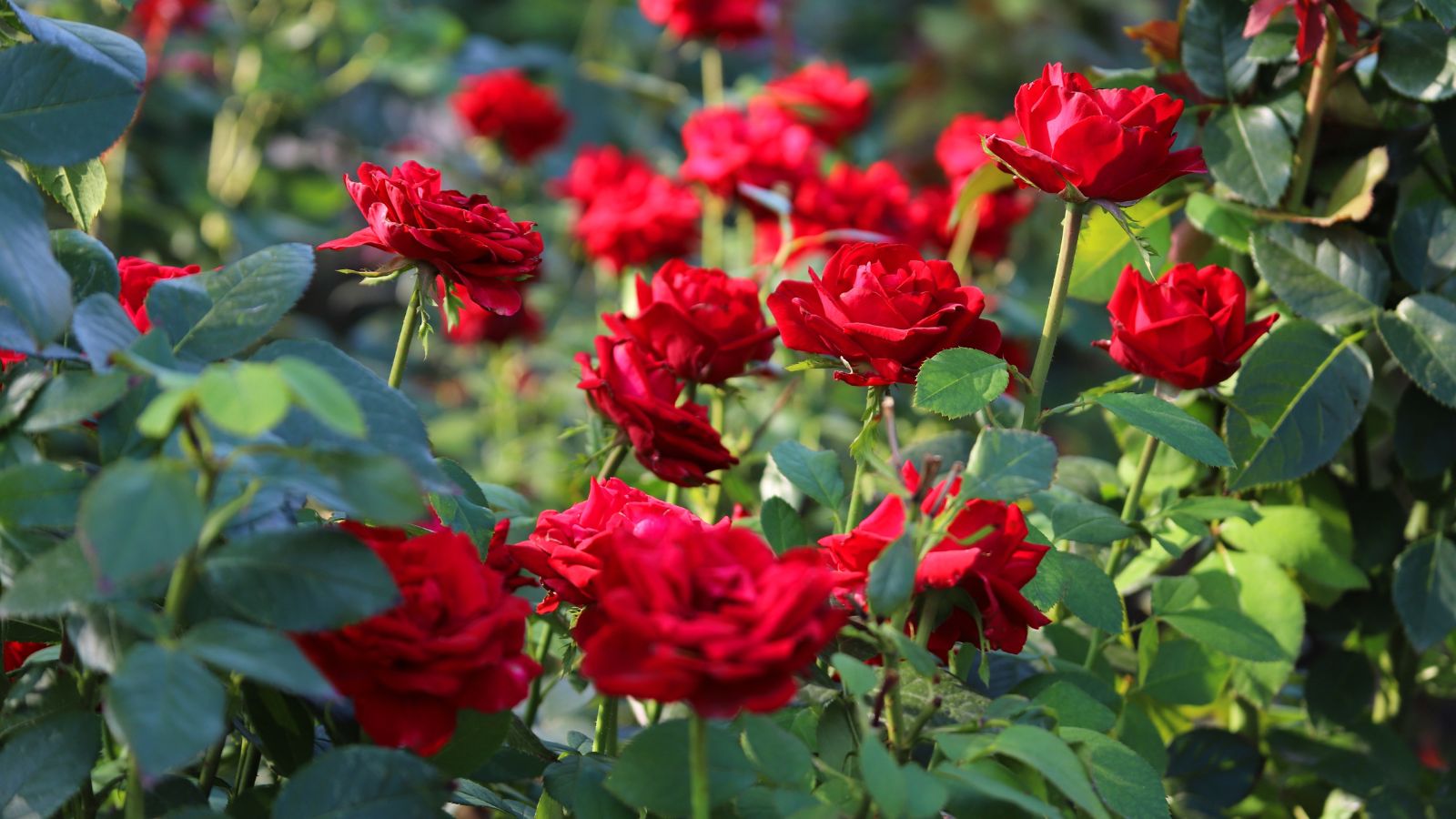
For centuries, roses have been associated with romance and adored for their timeless beauty. As the saying goes, though, “all roses have their thorns,” which serves as a stark reminder that roses attract pests like aphids. Furthermore, they’re highly susceptible to fungal diseases, including black spot and powdery mildew, which can make growing them tough. However, keep on top of pruning, watering, and any necessary treatments, and you should be able to keep your roses looking beautiful.
Peonies
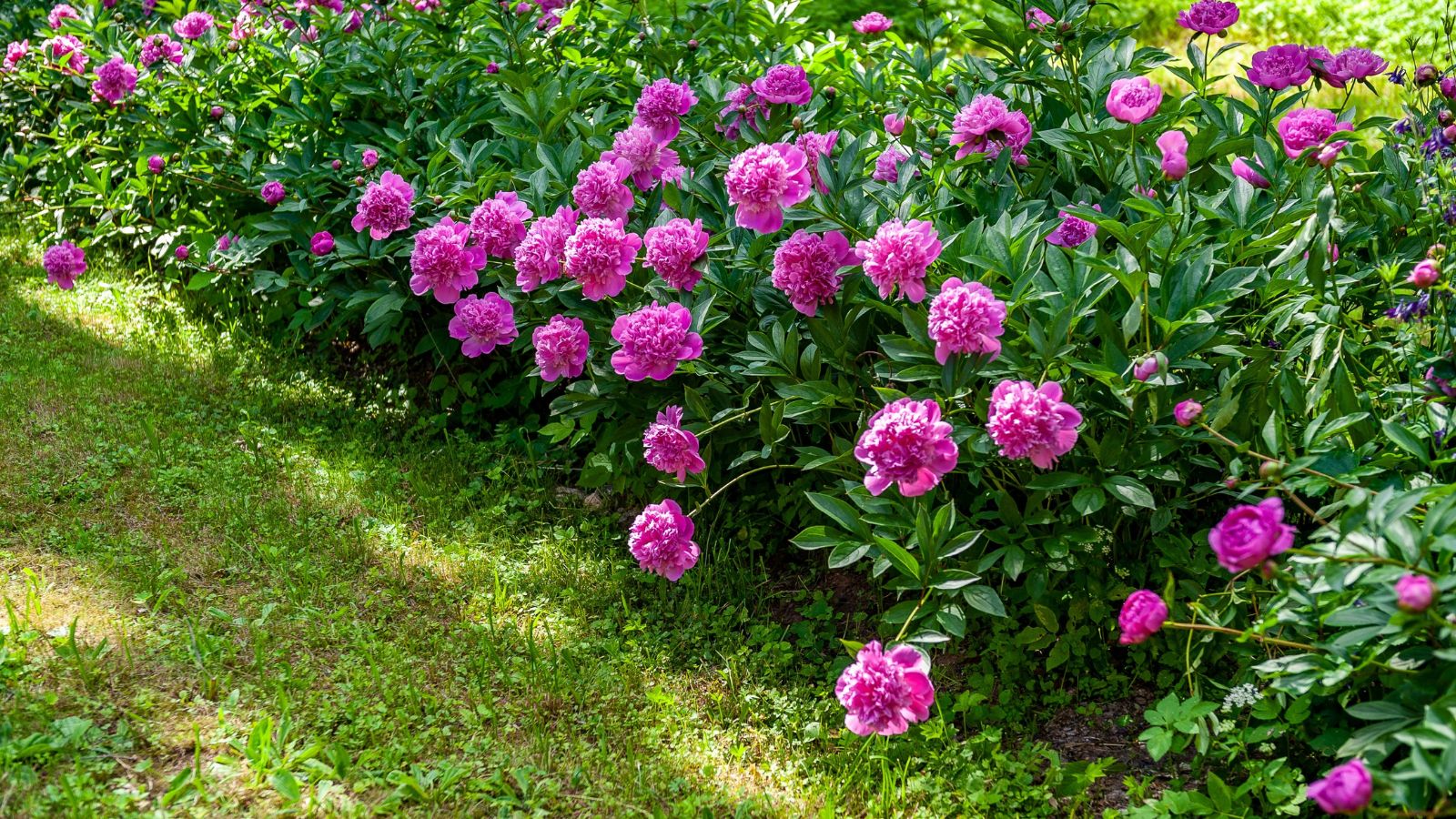
These lush, fragrant blooms look stunning in full bloom, but peonies have their fair share of problems, primarily botrytis blight, a disease that causes their buds to rot. Heavy rainfall can also wreak havoc on peonies, making them prone to bending or breaking under their own weight. Sure, peonies can live for decades, but you’ll need to avoid these kinds of circumstances, and they’ll also need well-draining soil and occasional staking.
Dahlias
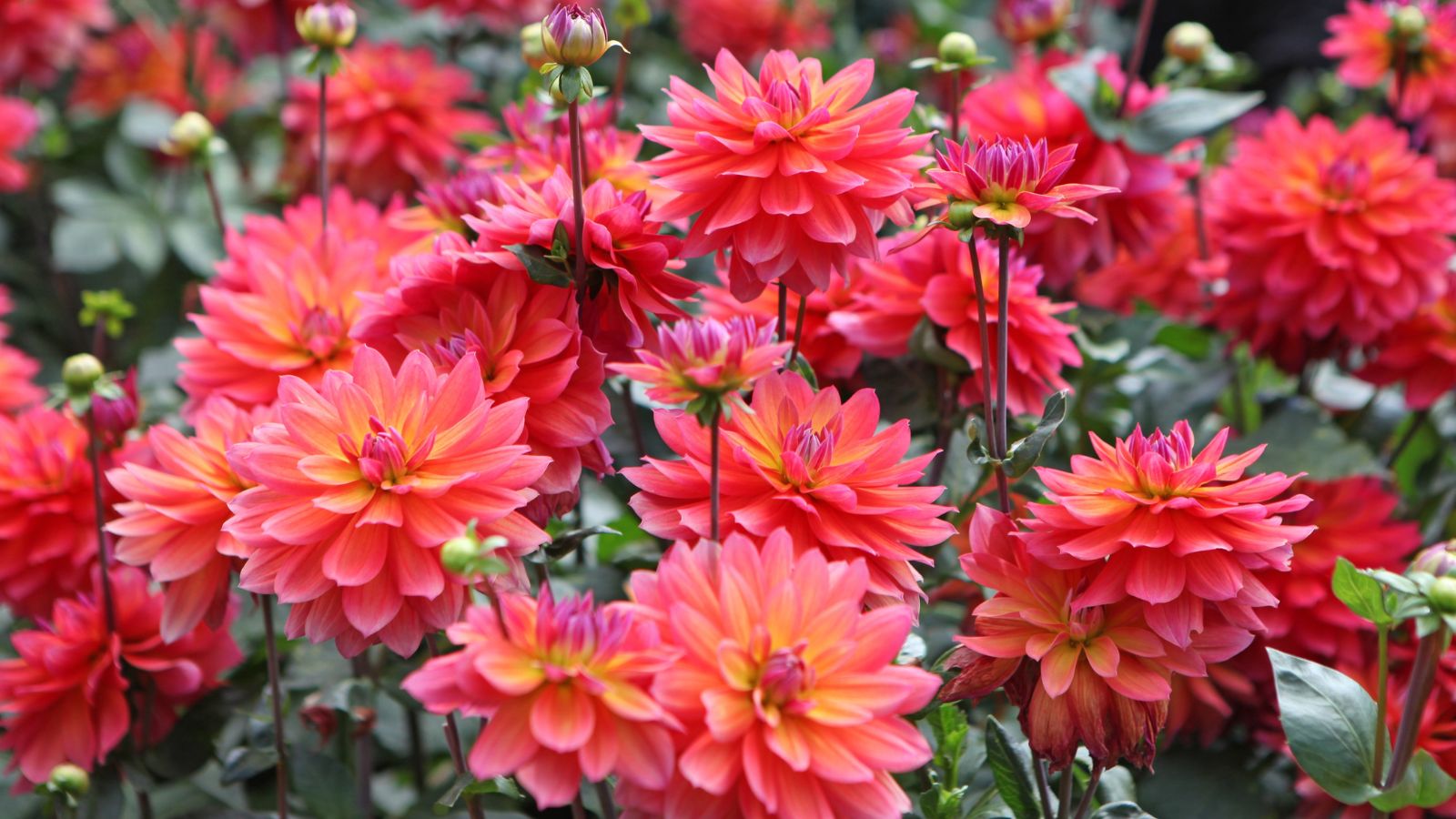
Thanks to their vibrant colors and impressive shapes, dahlias are true showstoppers in the garden. Unfortunately, though, they attract slugs, snails, and aphids, making pest control a bit of a nightmare. To make matters more frustrating, dahlias also require digging up and storing in cooler climates, as they can’t tolerate frost. We must say that they’re worth the effort, but there’s no denying that they’ll demand your time and attention.
Tulips

Tulips bring a cheerful splash of color in early spring, but they aren’t the easiest to keep coming back each year. This is because these bulbs often face challenges like fungal diseases and are popular with rodents who love to snack on them. Without these issues, tulips can reappear for several seasons, but they still tend to lose vigor over time, making annual replanting a common solution for many gardeners.
Lilies
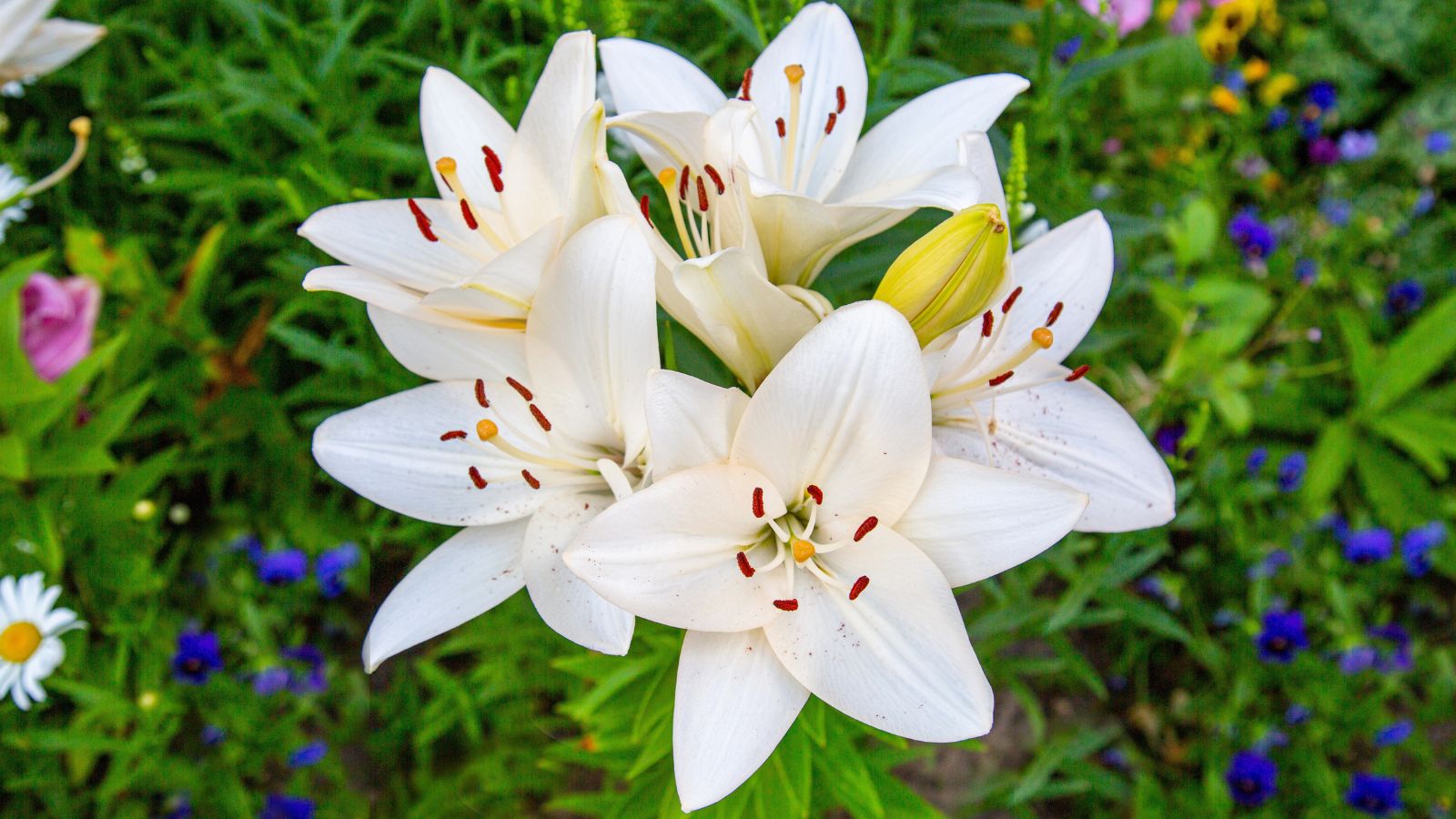
To add some elegance to your garden, there are few better options than lilies, but they’re frequently attacked by lily beetles, whose larvae can quickly damage the plants. To make matters worse, lilies are also toxic to pets, especially cats, adding a layer of caution for pet owners. Although they can be breathtaking in bloom, lilies need diligent pest control and a safe location to thrive without risk to curious pets.
Hydrangeas
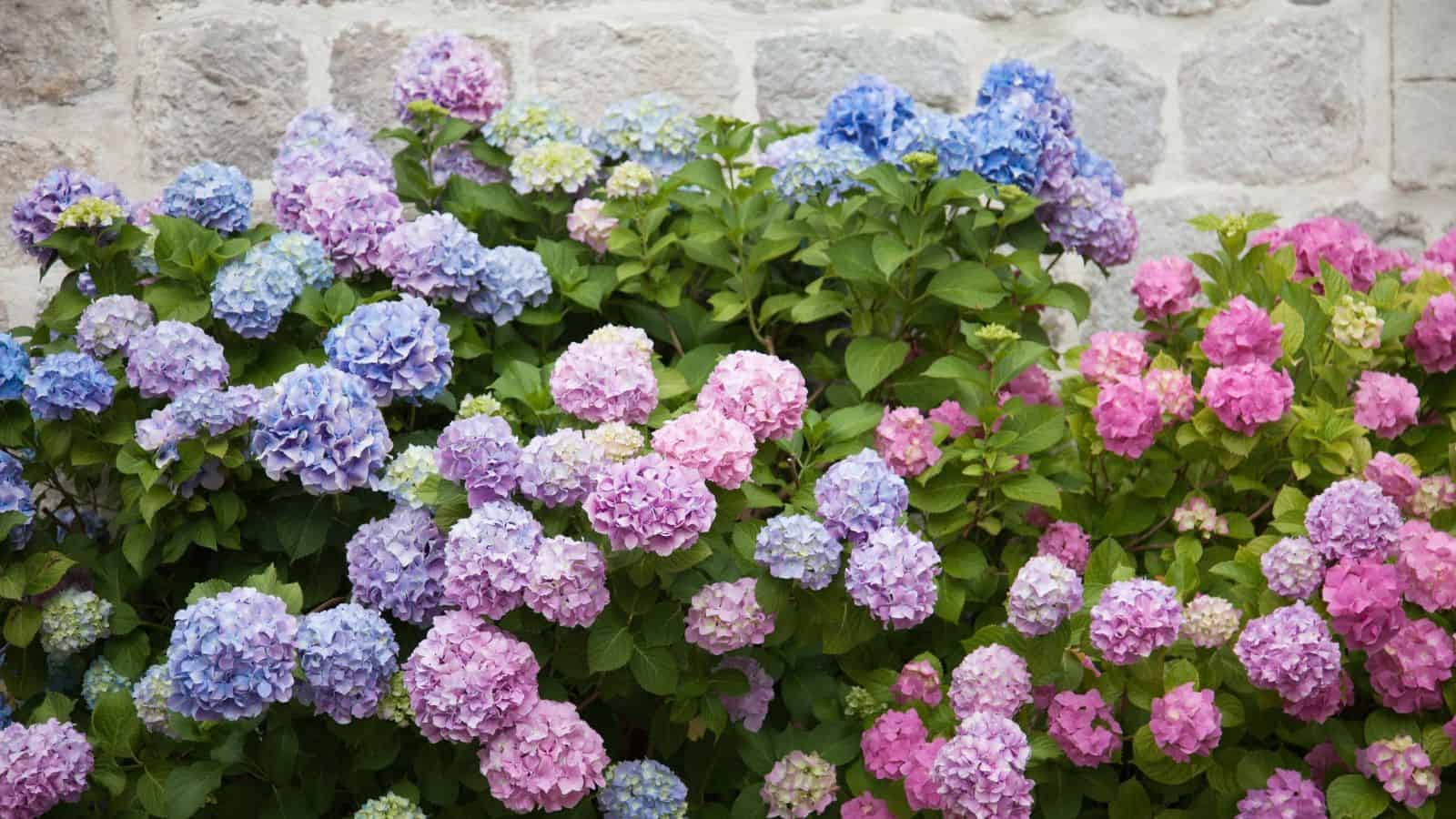
Hydrangeas are masters at charming with their large, colorful clusters, but this doesn’t stop them from being prone to issues like powdery mildew and leaf spot. To avoid these undesirable conditions, this plant needs a finely balanced environment, and you’ll need to remember that they don’t handle drought or extreme wet conditions well. Ultimately, these color-changing blooms, sensitive to soil pH, add beauty to the garden, but their temperamental nature can make them challenging to maintain.
Gardenias
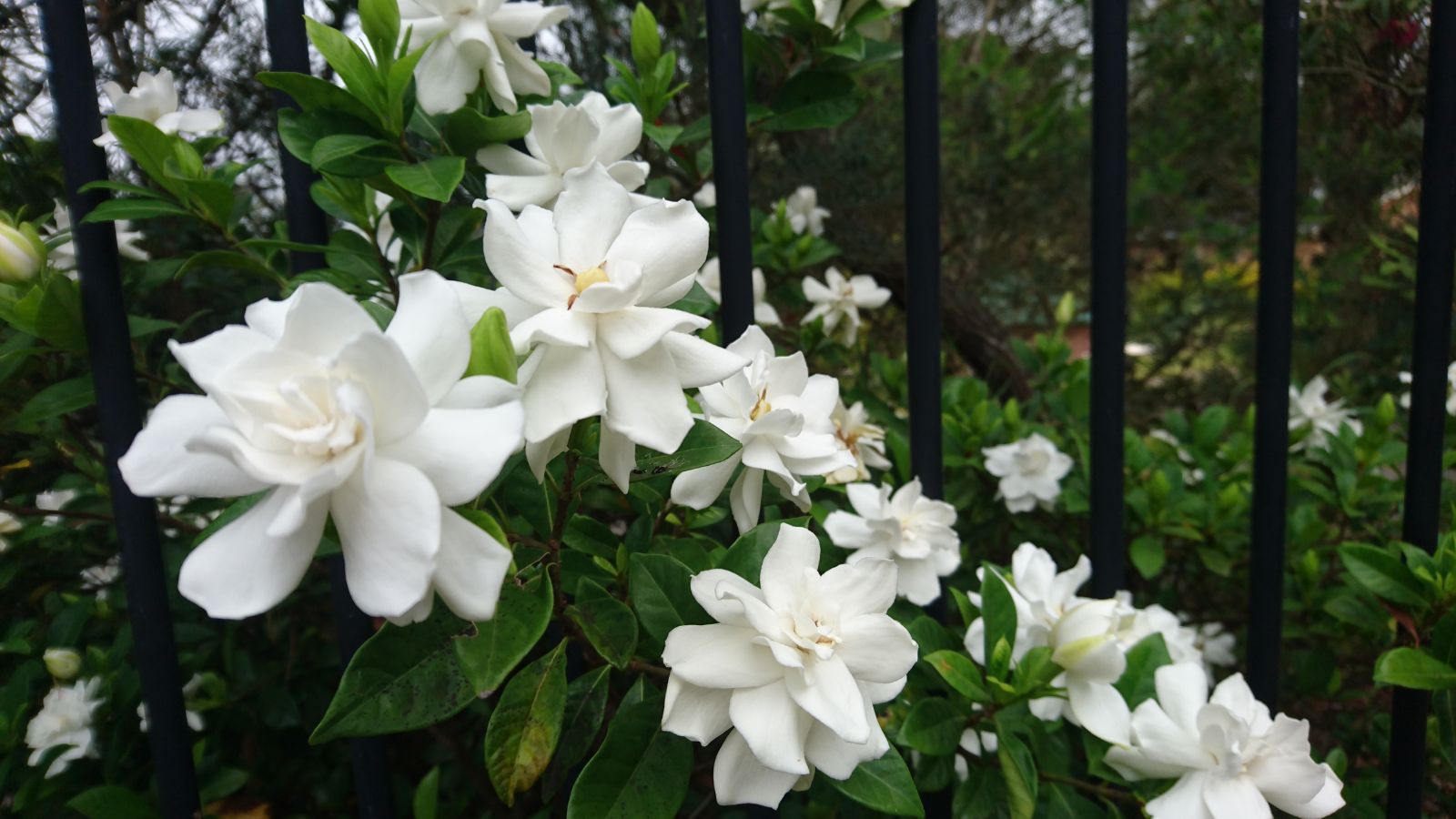
World-renowned for their enchanting fragrance, gardenias can be tricky to grow as they’re highly sensitive to cold and require precise humidity levels, not to mention their vulnerability to pests like spider mites and whiteflies. Ultimately, though, those who love their scent will find the effort worthwhile, but regardless, gardenias will always need a consistent, controlled environment to thrive.
Fuchsias
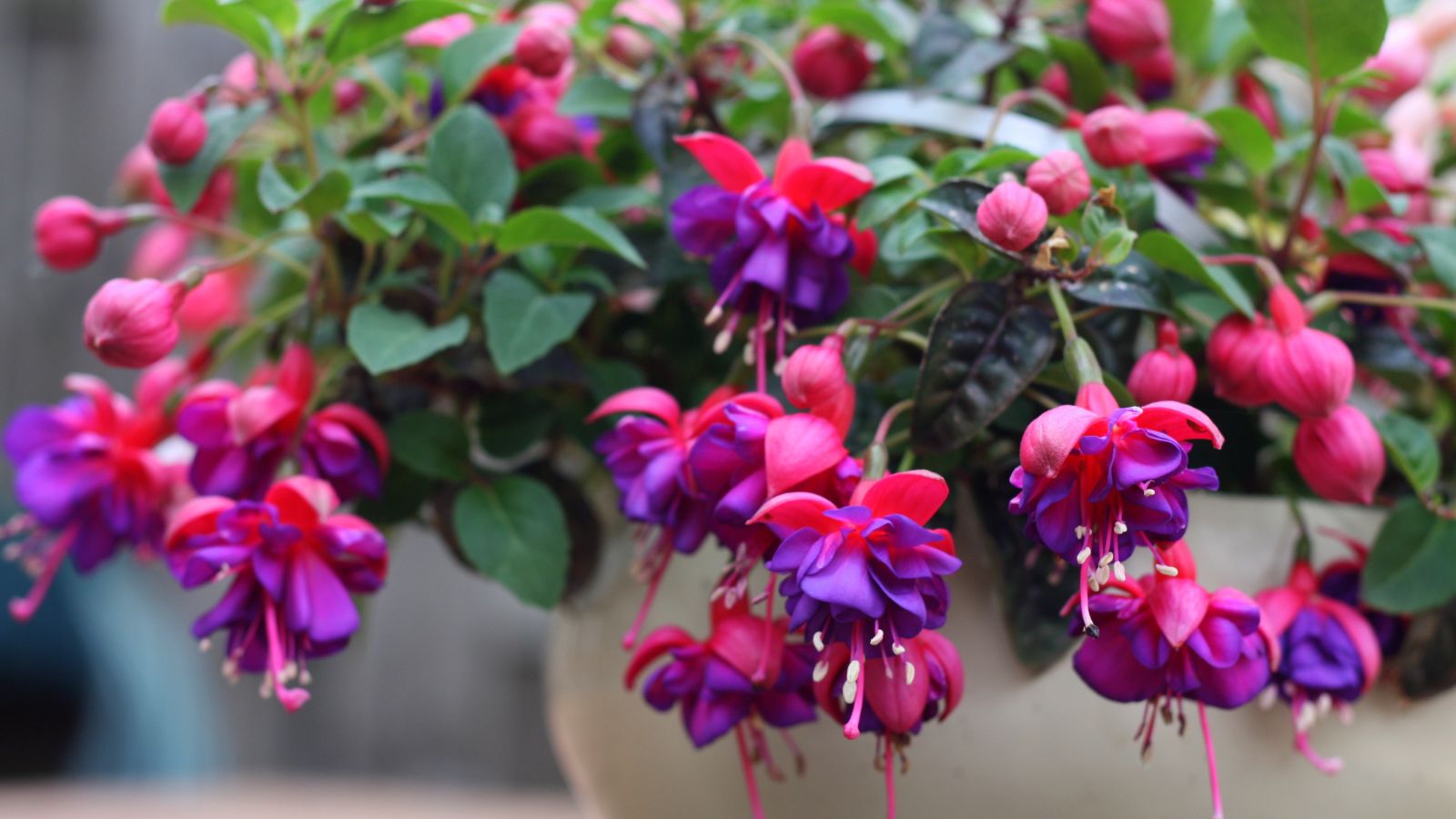
Another flower that is extraordinarily pretty but prone to problems is fuchsia, which is bound to dazzle with its unique, hanging blooms but is also inevitably going to fall victim to diseases like root rot, particularly in soggy conditions. To accommodate these flowers, you’ll need to provide them with well-draining soil and cooler temperatures, making them challenging for warmer climates.
Orchids
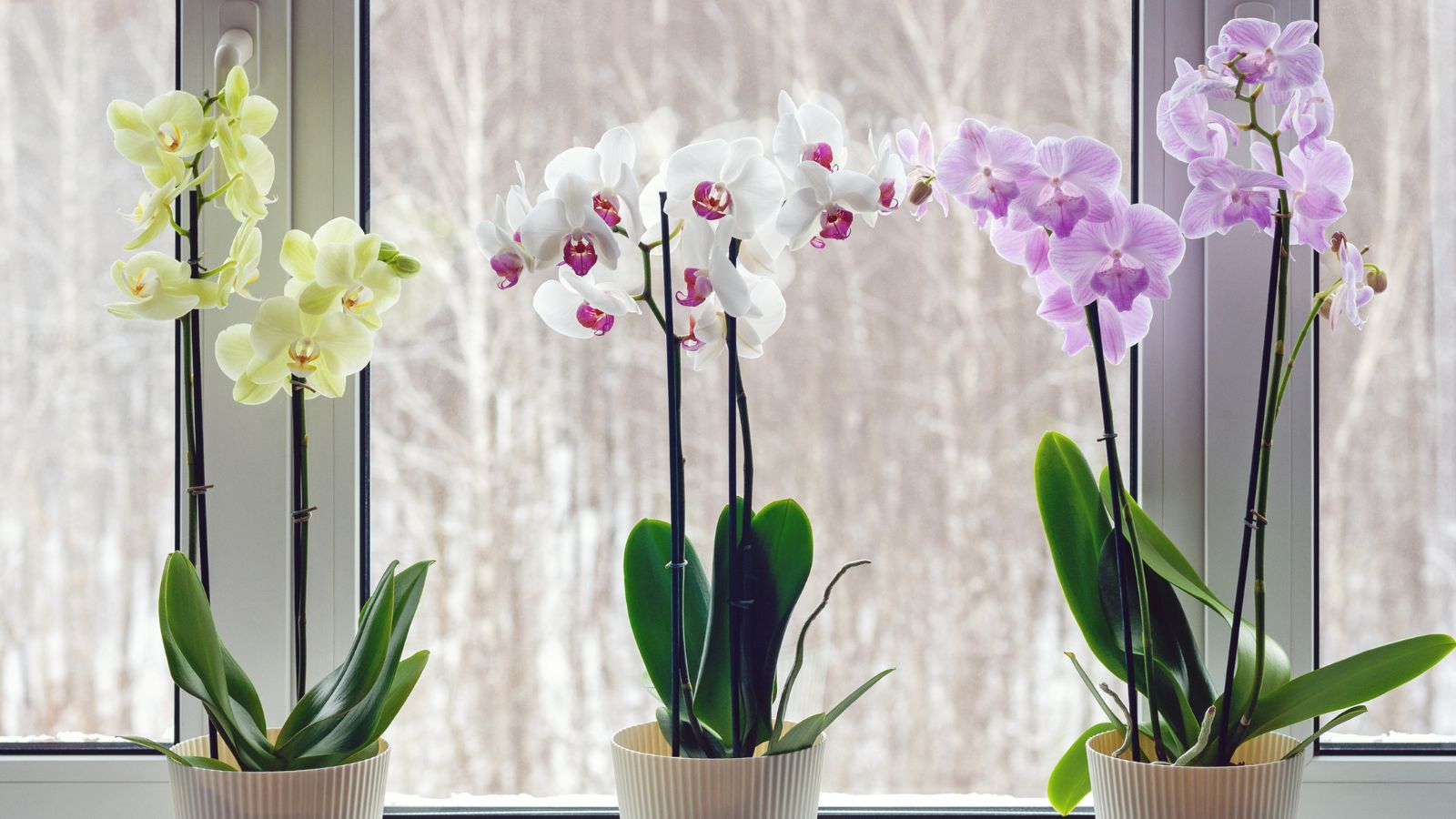
There’s no denying that orchids bring an exotic feel to both indoor and outdoor spaces, but this quality comes at a cost. They demand precise humidity and watering practices to thrive, and root rot and fungal issues are common ailments that they suffer from–particularly when they’re overwatered. At the end of the day, orchids may reward patient gardeners with beautiful blooms, but they’re not forgiving when it comes to missed care requirements or changes in their environment.
Camellias
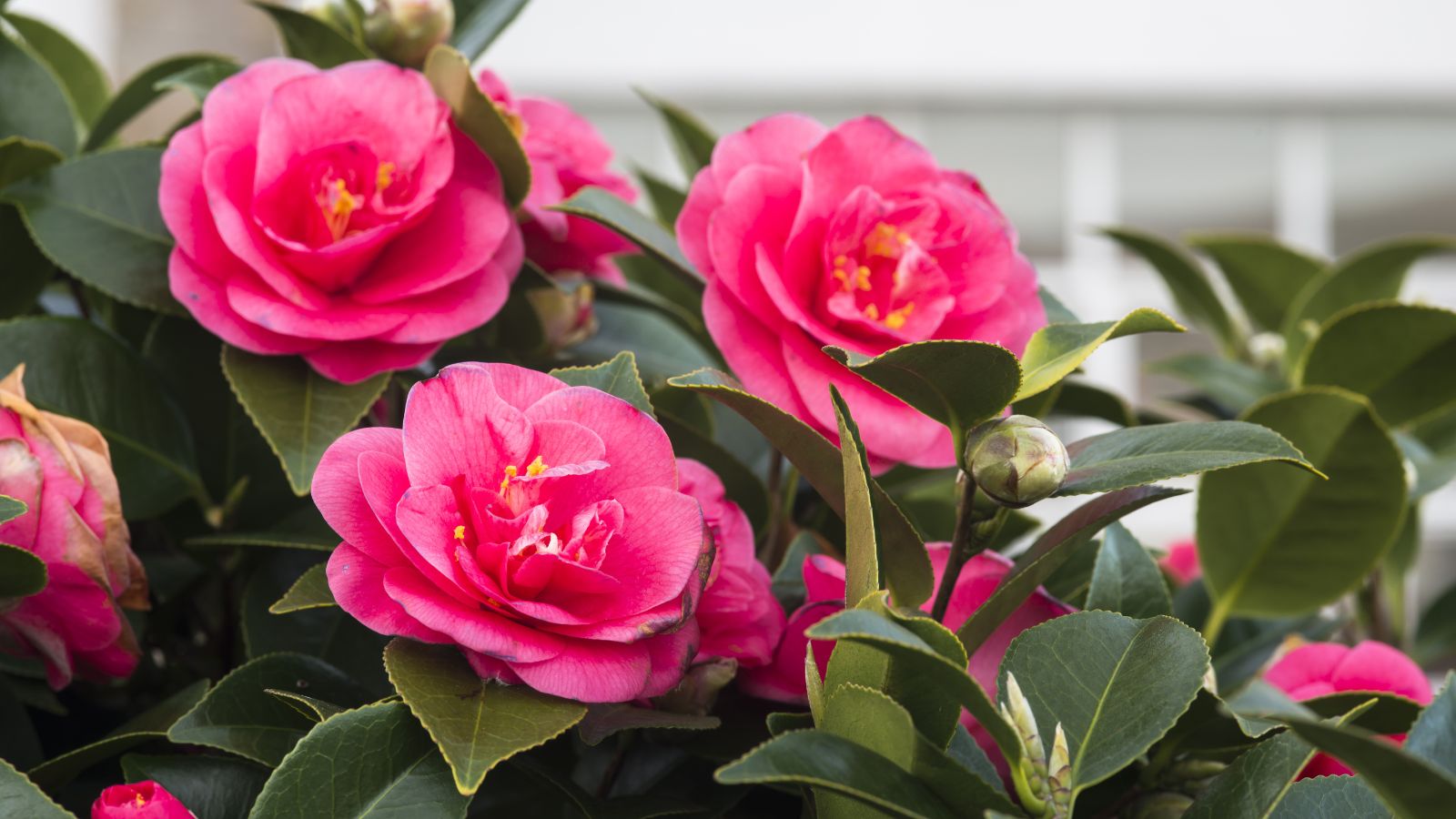
Camellias bloom with delicate, rose-like flowers that captivate even those uninterested in gardening, but they’re susceptible to issues like leaf gall and petal blight. More still, they’re also picky about soil acidity and can suffer in poorly draining conditions. Because of this, those who want camellias in their garden need to invest in acidic soil and manage their moisture levels carefully to prevent common diseases.
Wisteria
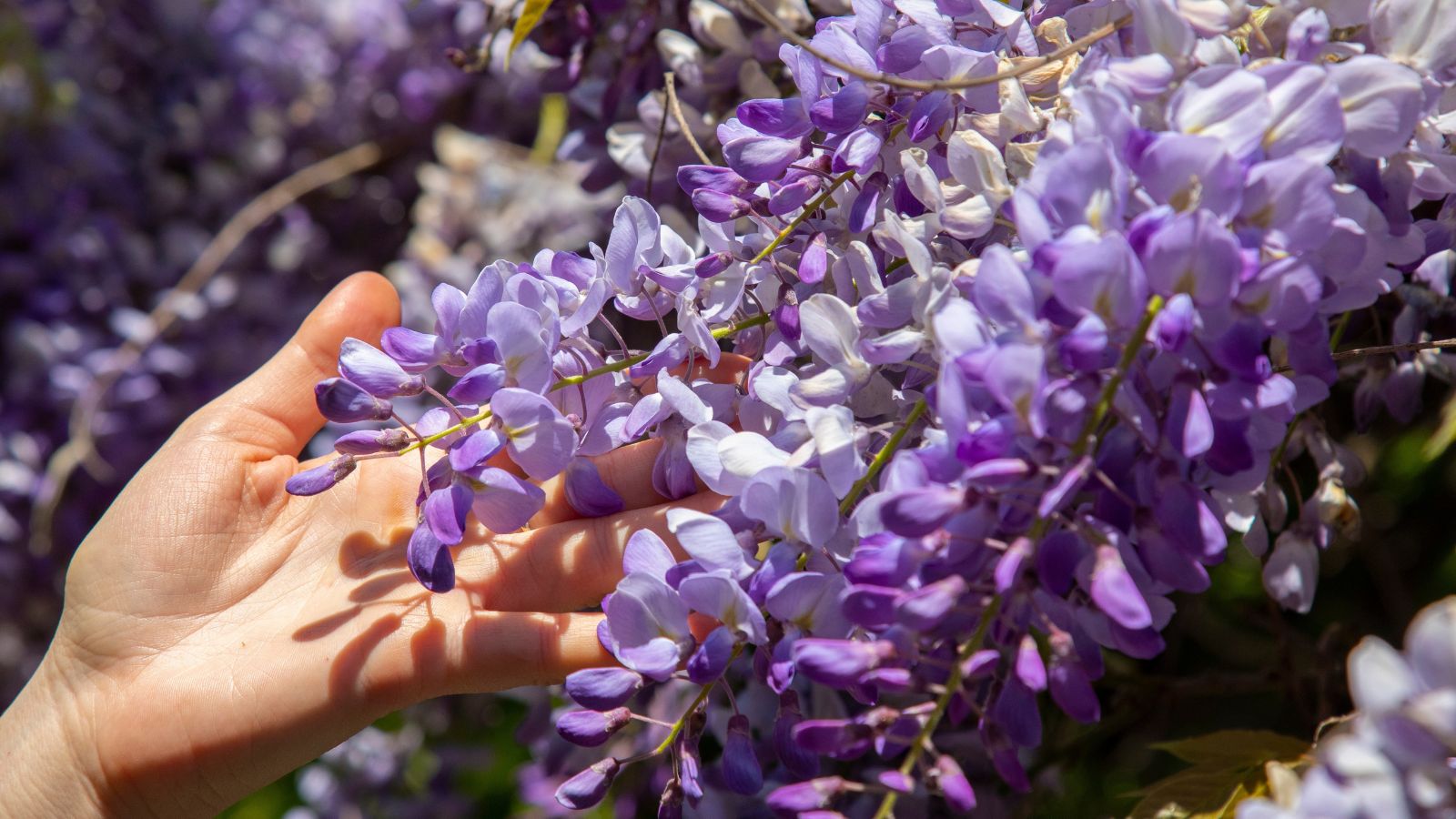
Renowned for its romantic, cascading blooms, wisteria is a seriously heavy feeder, often causing it to become invasive without proper control. To hold up their beauty, these vines also require sturdy structures and consistent pruning, as they tend to overgrow and can even damage buildings if left unchecked. Overall, wisteria will certainly bring a fairytale quality to your garden, but it will take a lot of work.
Azaleas
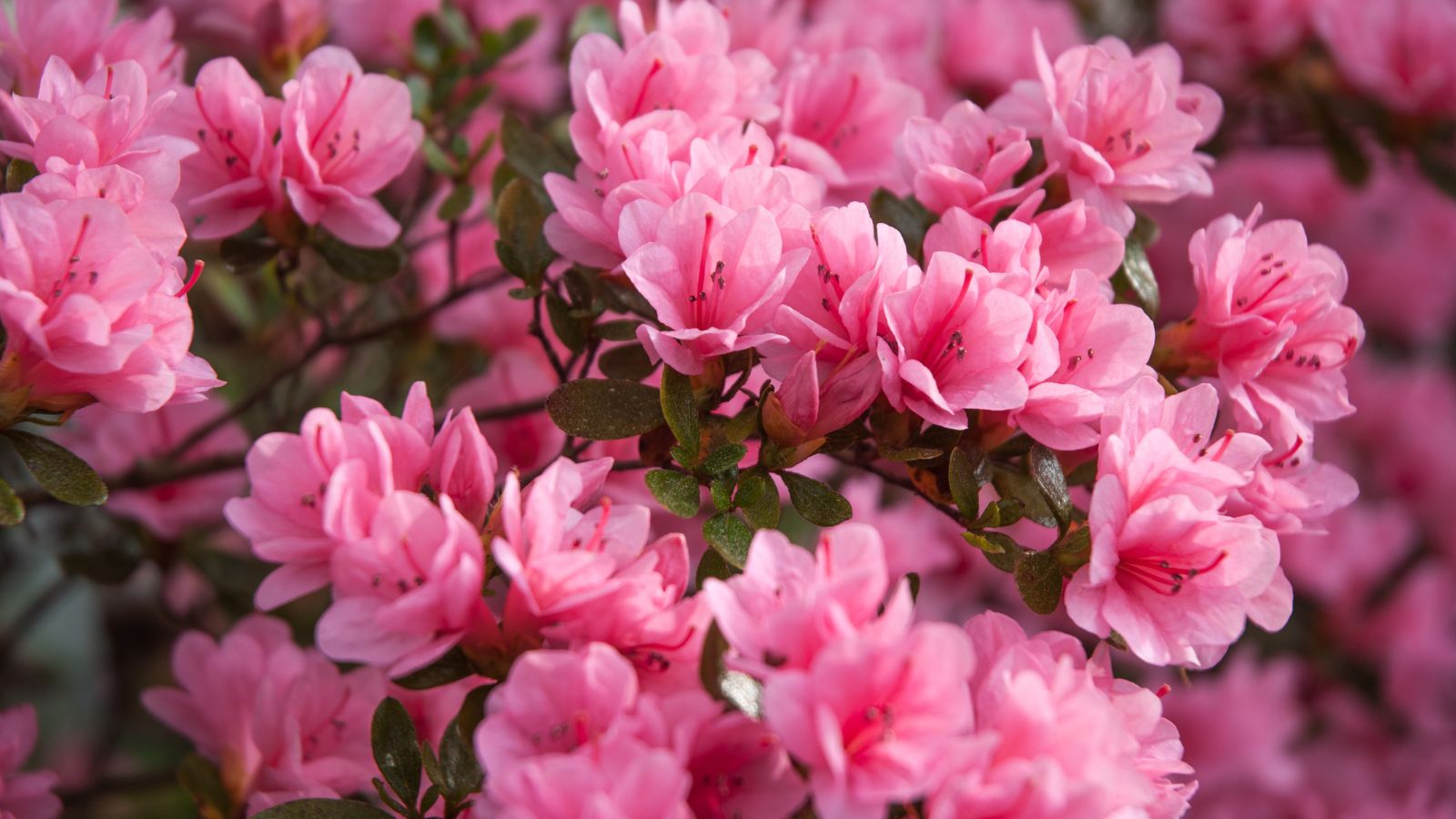
Any gardener can agree that azaleas create a breathtaking spring display, but they’re incredibly susceptible to issues like lace bugs and powdery mildew. To add to their high demands, they prefer acidic, well-drained soil and often need shelter from harsh sun. So, for gardeners willing to cater to their needs, azaleas can be rewarding, but they require careful positioning and regular checks to avoid common health problems.
Impatiens
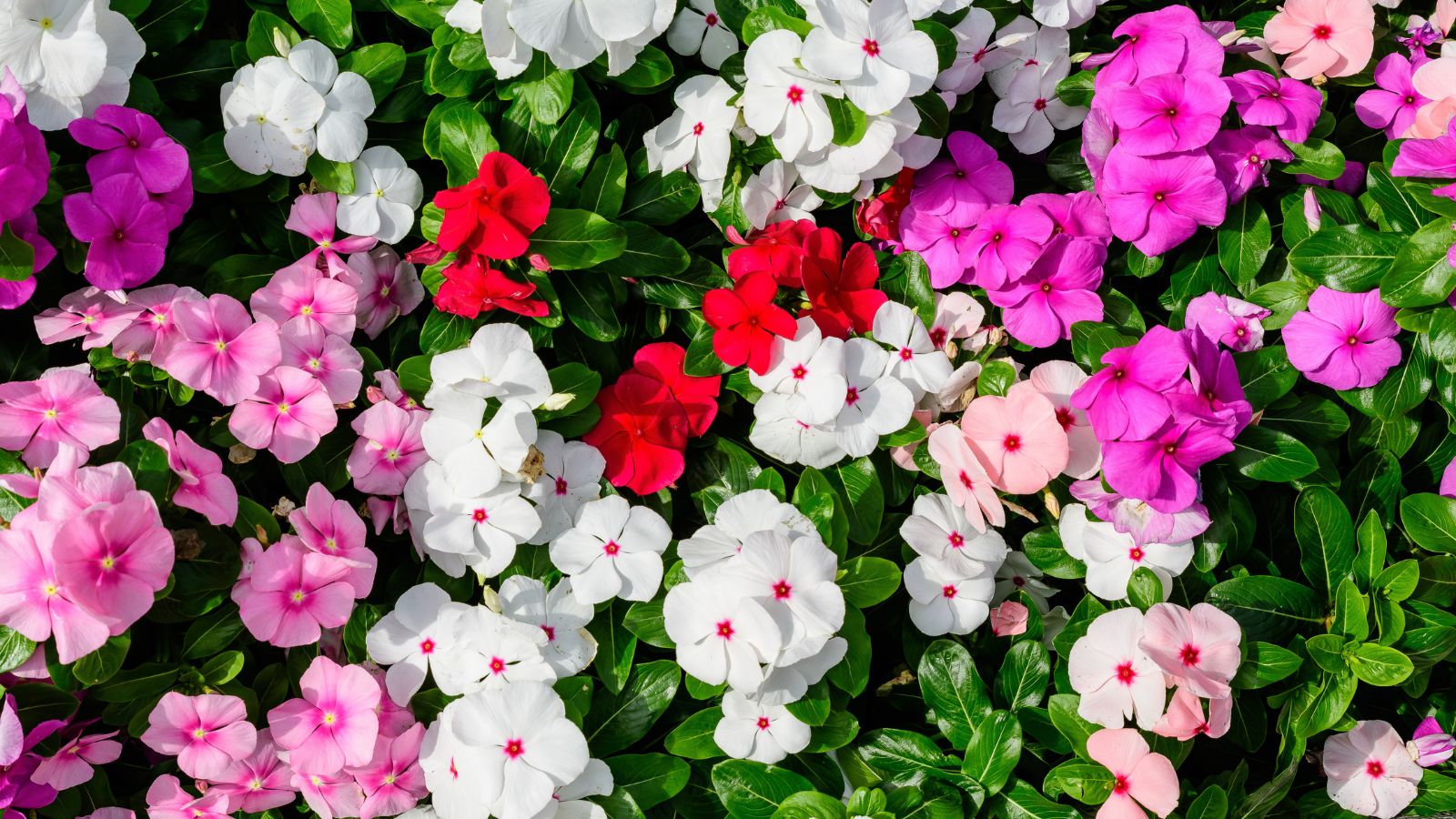
The ironically named impatiens are not for the impatient gardener; yes, they brighten shady areas in a glorious way, but they’re highly vulnerable to downy mildew, which can devastate entire plantings. Furthermore, they need consistently moist soil to avoid wilting, making them a bit finicky in hot weather, and therefore require careful disease management and regular watering to stay vibrant through the growing season. Ask yourself–are you up to the task?
Snapdragons
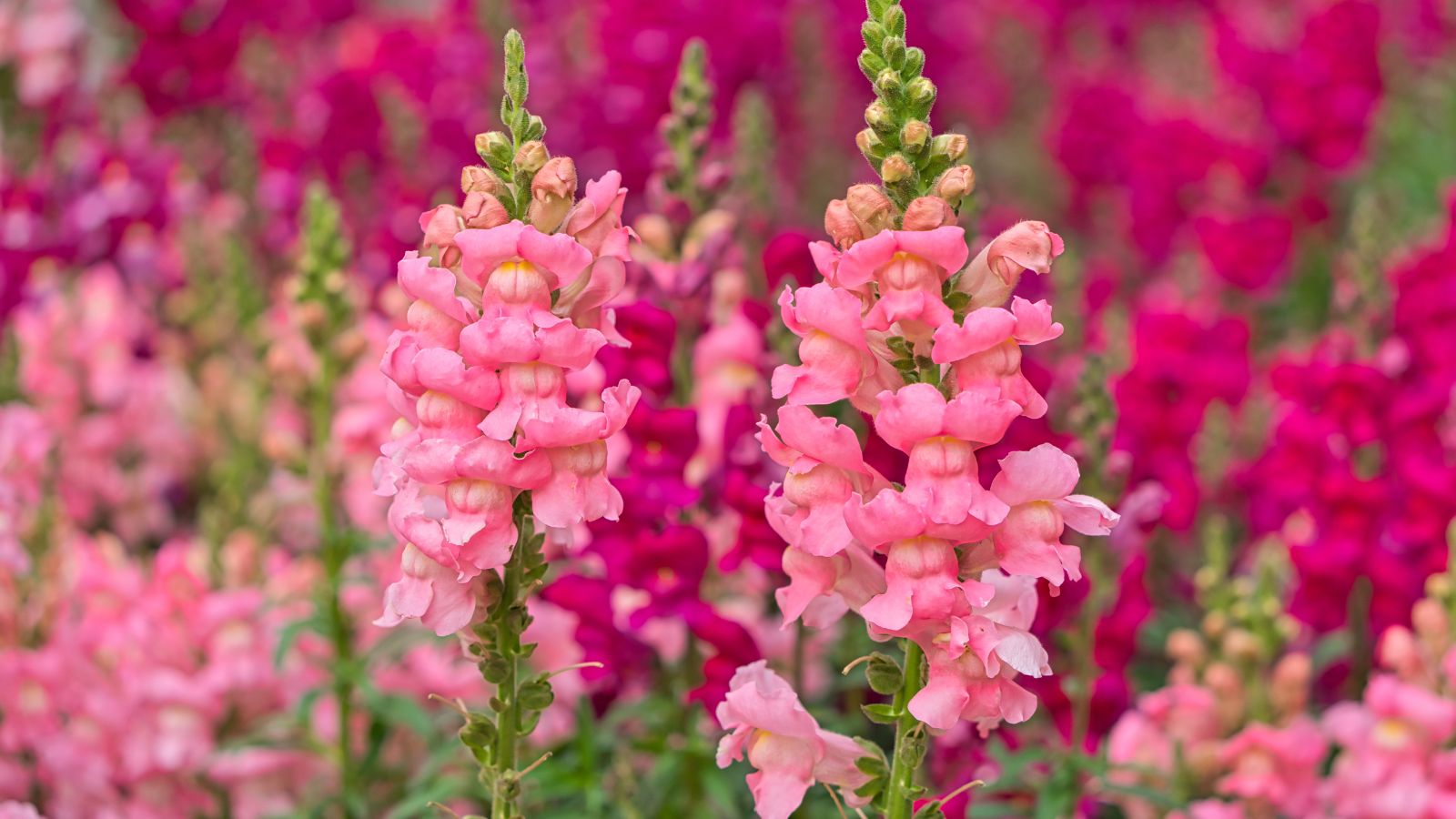
Snapdragons add a whole lot of height and color to a yard, bringing a lot of dimensions, but they do attract pests like aphids and are prone to rust and mold–especially in damp conditions. Making matters more inconvenient, they also struggle with heat, often becoming leggy or ceasing to bloom completely in high temperatures.
Petunias
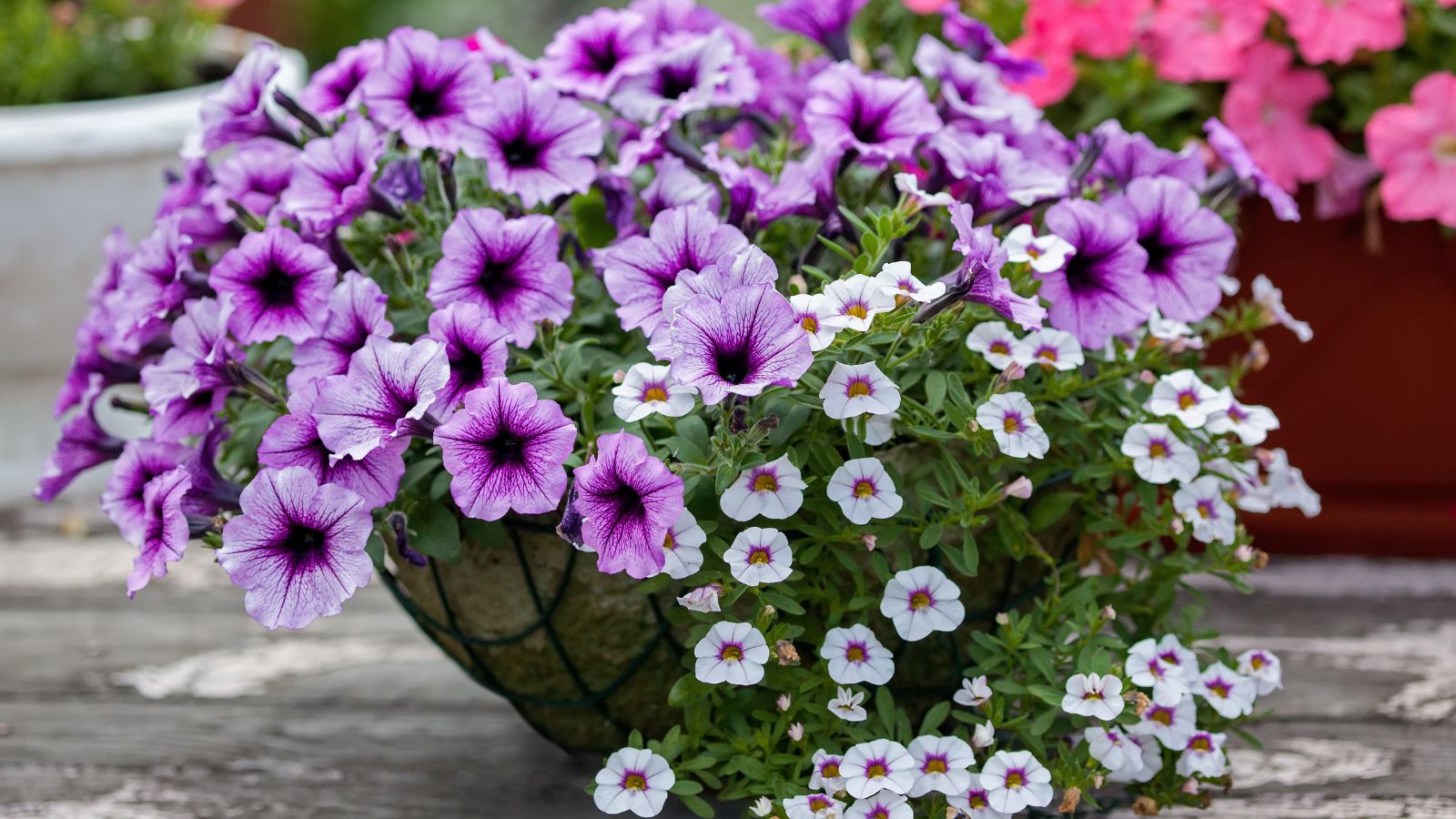
For a colorful hanging basket spread, you just can’t beat petunias, although you will need to deal with their susceptibility to caterpillars, aphids, and root rot. Don’t overwater them, and you should be able to prevent this, but then you’ll need to think about their need for ample sunlight, or they’ll become sparse and leggy. Though petunias bring vibrant color, they aren’t as resilient as they appear, requiring regular pest management and well-draining soil to thrive.
Begonias
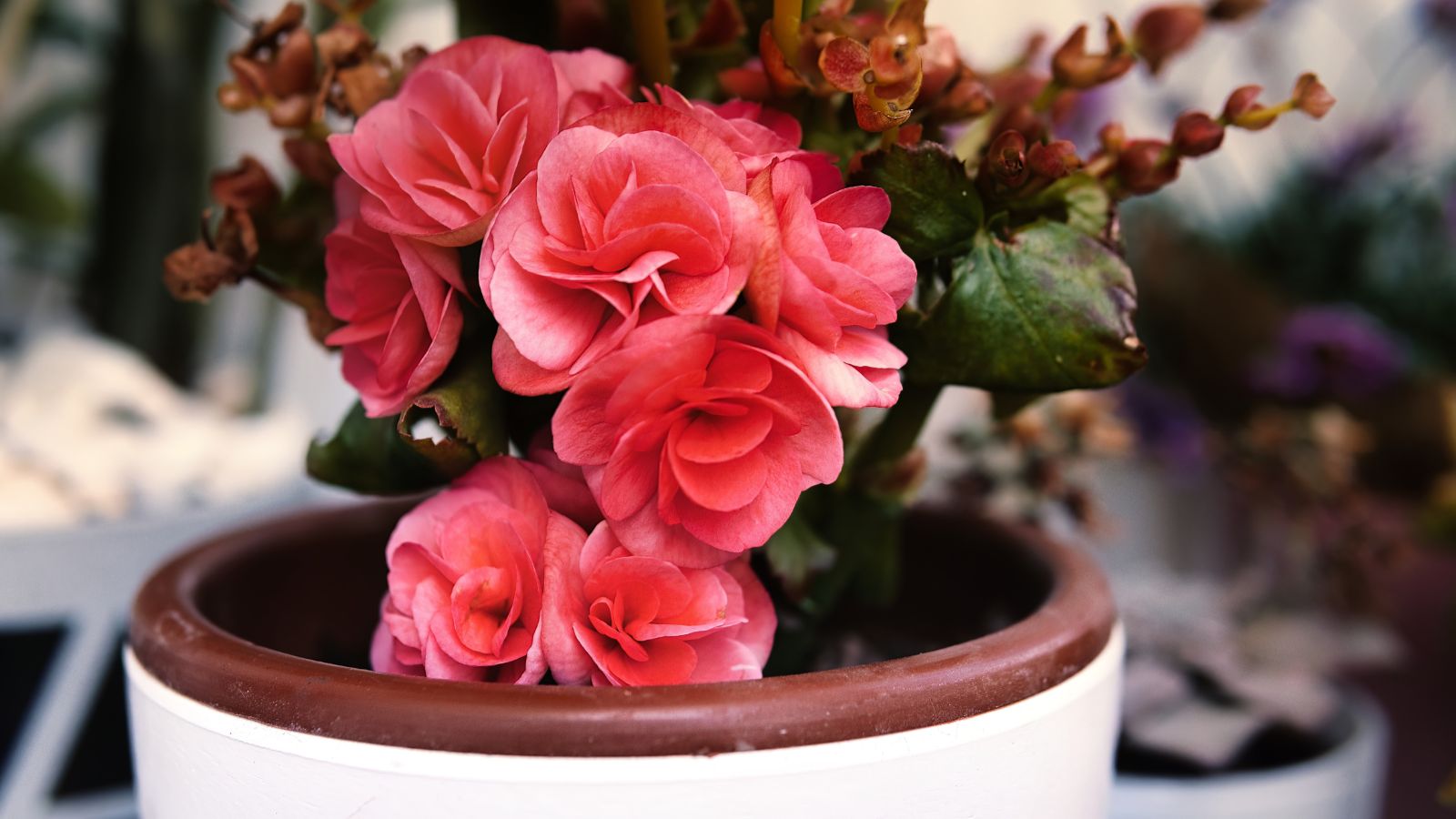
Gardeners around America love growing begonias for their lush foliage and bright flowers. However, it’s crazy how easily affected they are by powdery mildew and root rot. Adding insult to injury, they also depend on being in a shaded area and will not tolerate full sun, which limits their planting options greatly.
Pansies
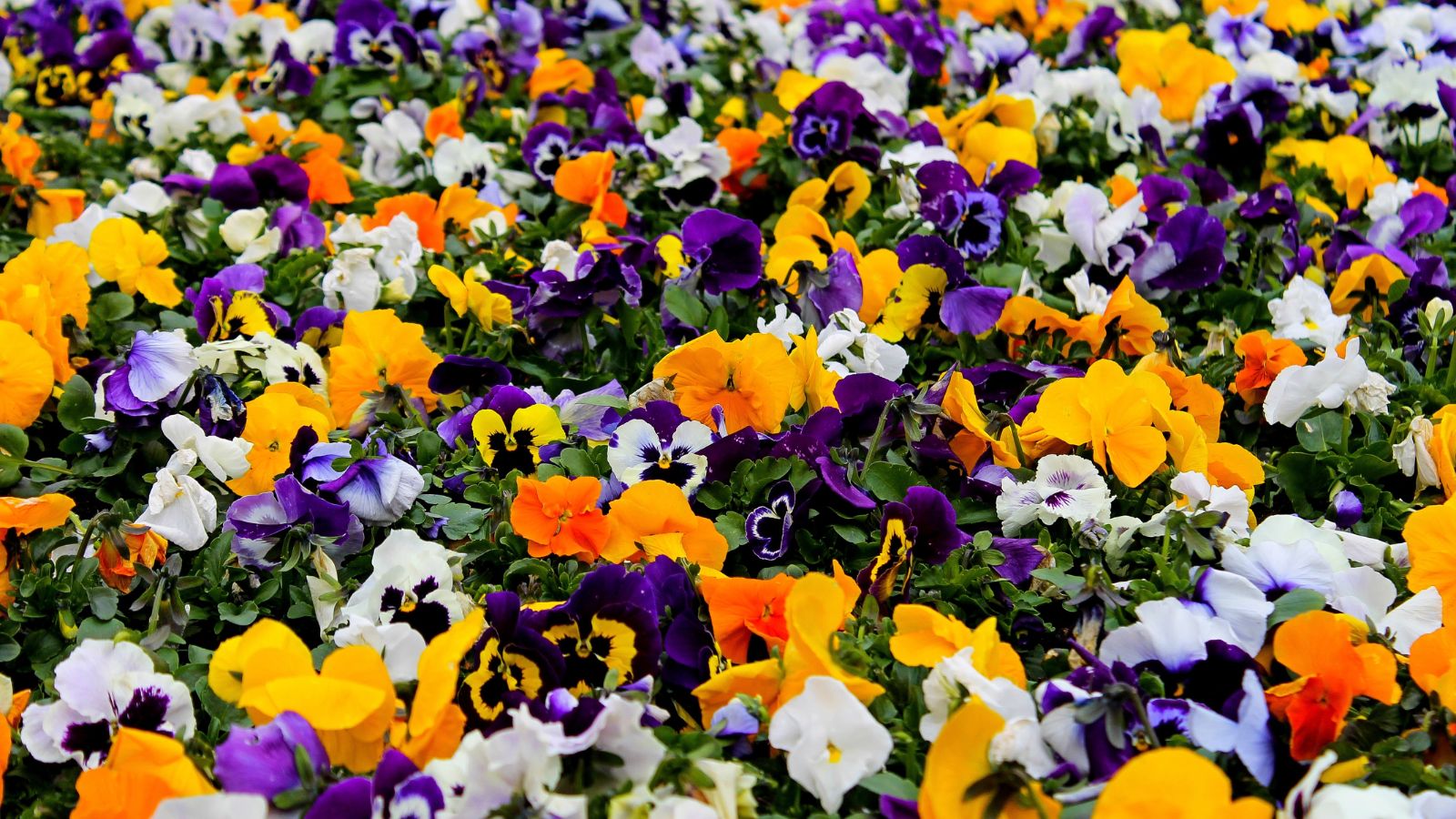
Last on our list of flowers that are pretty but also pretty frustrating is pansies, a stunning flower that never fails to add color to cooler seasons–that is, if they can survive the heat. Expose them to excessive temperatures, and they’ll quickly fade throughout summer, which can be quite a depressing sight. Finally, these flowers face issues with slugs, snails, and aphids, requiring routine pest checks. If you think you can handle all of this, though, we’re sure you’ll still love your pansies nonetheless.
